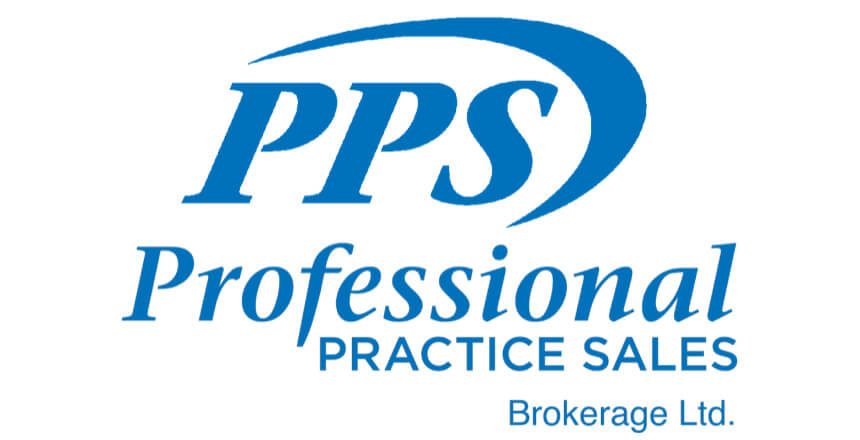
What makes up the bulk of the value of your practice.
- PATIENTS: the number of patients, economic level of the patients, the relative location of the patients to the practice, the frequency of treatment , the dental I.Q. of the patients, age distribution of the patients, number of new patients.
- EXCESS PROFIT which I will address in my next article
PATIENTS: The number of patients in a practice relative to the billings is extremely important in understanding the practice. A practice billing $600,000 with 1,000 active patients is a very different practice from one which has 2,000 active patients and is billing $600,000. Knowing the difference is important to the purchaser. Typically the former practice is well tuned and the patients are well educated relative to their requirements for dentistry. Generally speaking they would require a more experienced purchaser to follow the vendor practitioner. Whereas the latter situation could be followed by most practitioners although a more recent graduate (which make up most purchasers) would require the vendor to stay on for an extended transition period in order to continue to treat that number of patients.
To relate to a practice with 1,000 active patients billing $300,000 the recent graduate dentist would be able to cope with that number of patients with only a limited transition period. In fact there would not be enough patients for the vendor to stay on for a longer transition period if the purchaser wished to work full time at the newly acquired practice. There would probably be disappointment if the vendor thought there was room for him in the long run. This is where you hear of vendors being terminated by the purchaser after closing. Not a happy event!
Many purchasers like to purchase a practice in a solid middle class, middle economic community or higher. Seldom do I get requests for poorer communities even though there are great practices in lower economic communities.
Typically the more senior dentists have their patients spread farther afield than newer practices and the patients tend to be older on the average. This has advantages and disadvantages – the more mature patient base would require more crown and bridge whereas newer practices tend to have more young patients. Know what you are looking for!
The frequency of treatment (3-4 months for periodontal treatment, 6, 9, or 12 month recall) is important to understand how the practice is relating to the patients and the response the patients have to the recommendations of the dentist and the dental team. Practices which focus on education of the patients and the team including the dentist are generally the practices which tend to be the most successful.
Lastly, I would like to draw out the unimportance of the new patient count per month. If the vendor practitioner is older, a purchaser should not expect the new patient count to be very high maybe as low as 3-4 per month. Referrals from current patients tend to slow when the dentist “looks like” he or she may be retiring soon. This should not be of concern as the new patient count should improve if there is an effort on the part of the younger dentist to attract the new patients and the facility is attractive.
